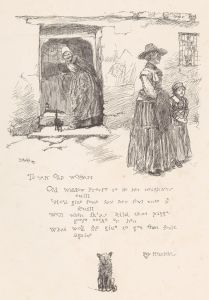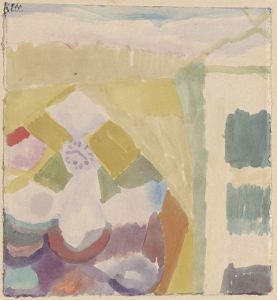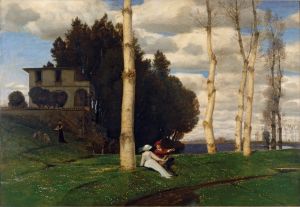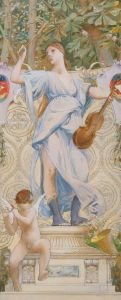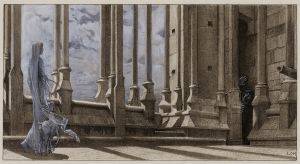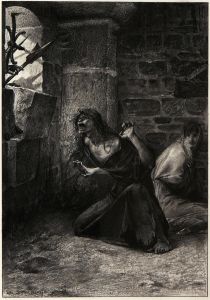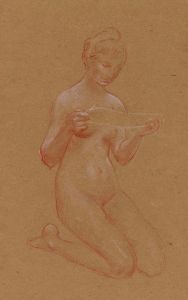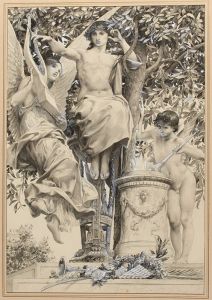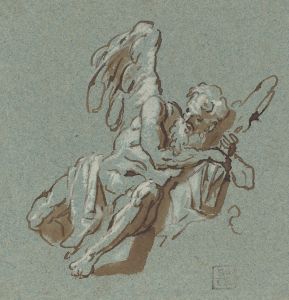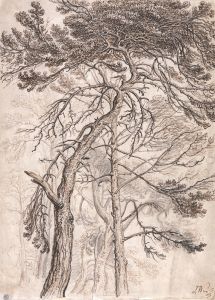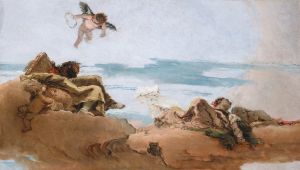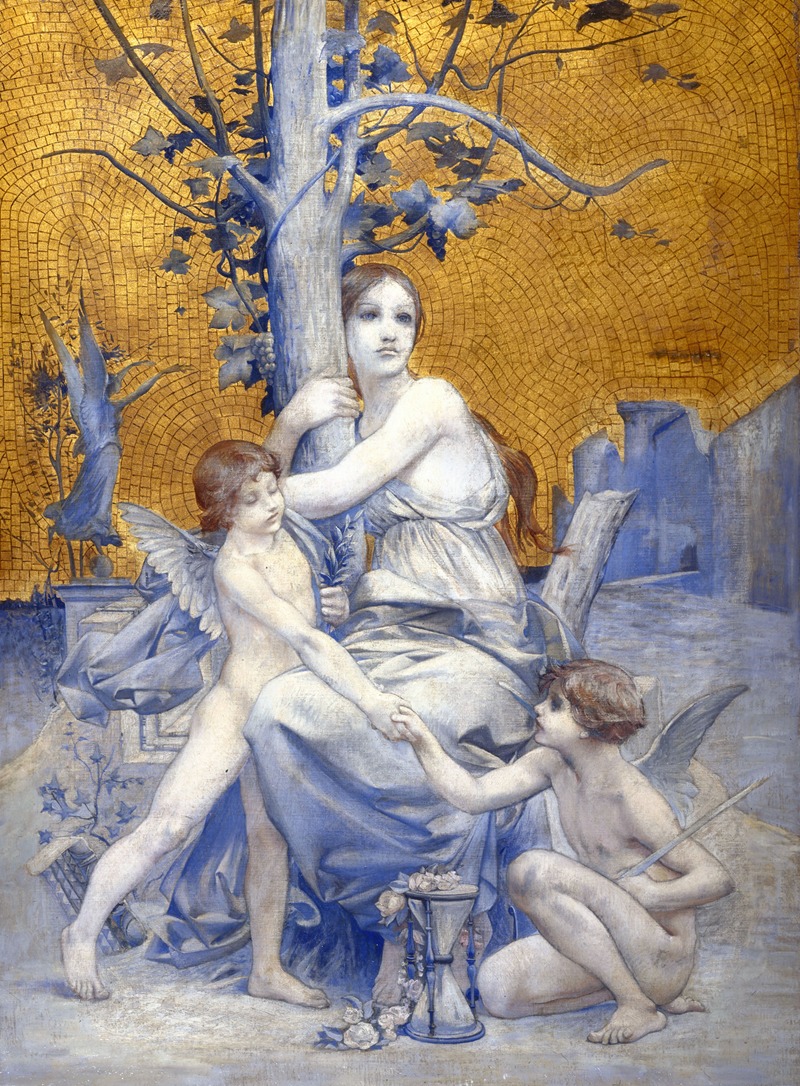
Allégorie du temps
A hand-painted replica of Luc-Olivier Merson’s masterpiece Allégorie du temps, meticulously crafted by professional artists to capture the true essence of the original. Each piece is created with museum-quality canvas and rare mineral pigments, carefully painted by experienced artists with delicate brushstrokes and rich, layered colors to perfectly recreate the texture of the original artwork. Unlike machine-printed reproductions, this hand-painted version brings the painting to life, infused with the artist’s emotions and skill in every stroke. Whether for personal collection or home decoration, it instantly elevates the artistic atmosphere of any space.
Luc-Olivier Merson's Allégorie du Temps (Allegory of Time) is a painting by the French artist Luc-Olivier Merson, who was active during the late 19th and early 20th centuries. Merson, known for his academic style and allegorical works, often explored themes of mythology, religion, and symbolism in his art. While Allégorie du Temps is one of his lesser-documented works, it reflects his characteristic attention to detail and his ability to convey complex ideas through visual allegory.
The painting, as its title suggests, is an allegorical representation of time. Allegory was a common theme in 19th-century European art, often used to personify abstract concepts such as time, death, or virtue. Merson's approach to allegory typically involved the use of classical imagery, symbolic figures, and a meticulous composition that invited viewers to interpret the deeper meanings embedded in the artwork.
Luc-Olivier Merson was a prominent figure in the French art world during his lifetime. Born in Paris in 1846, he studied at the École des Beaux-Arts under the tutelage of artists such as Léon Cogniet. Merson gained recognition for his historical and religious paintings, as well as his work as an illustrator and designer. He was awarded the prestigious Prix de Rome in 1869, which allowed him to study in Italy and further refine his artistic style. His works often reflect the influence of classical art and Renaissance masters, combined with a distinctly 19th-century sensibility.
Unfortunately, specific details about Allégorie du Temps, such as its creation date, dimensions, and current location, are not widely documented in available sources. This lack of information makes it difficult to provide a comprehensive analysis of the painting's context or its reception during Merson's lifetime. However, the work is consistent with Merson's broader oeuvre, which frequently employed allegorical and symbolic elements to explore universal themes.
Luc-Olivier Merson's contributions to art extended beyond painting; he was also a skilled illustrator and designer. He created illustrations for literary works, including editions of Dante's Divine Comedy, and designed postage stamps and banknotes for the French government. His versatility as an artist and his ability to work across different mediums underscore his importance in the art world of his time.
In summary, while detailed information about Allégorie du Temps is limited, the painting can be appreciated as part of Luc-Olivier Merson's legacy as a master of allegory and symbolism. His work continues to be studied and admired for its technical precision and intellectual depth.





